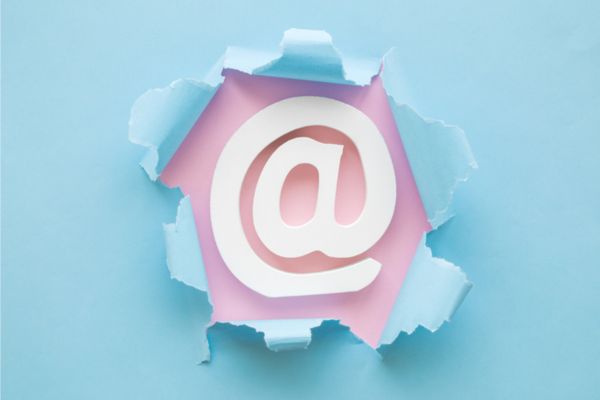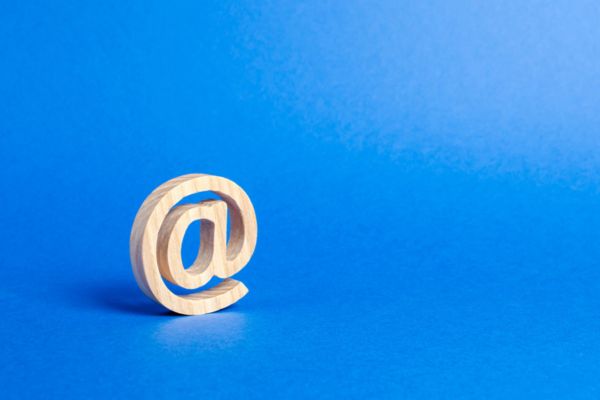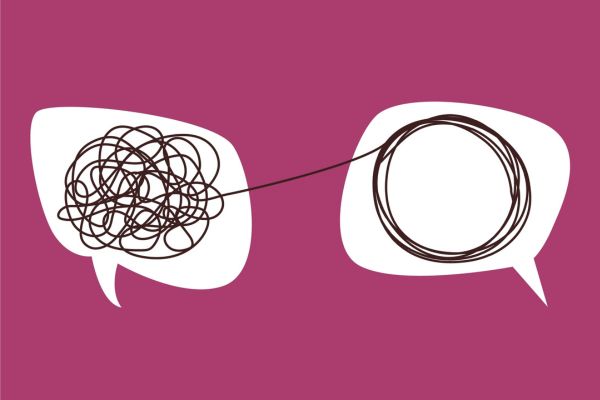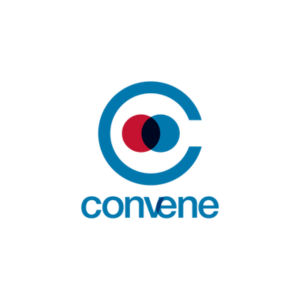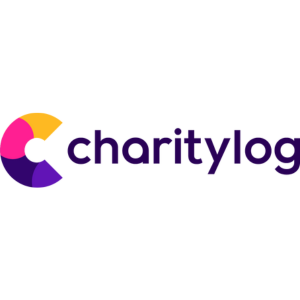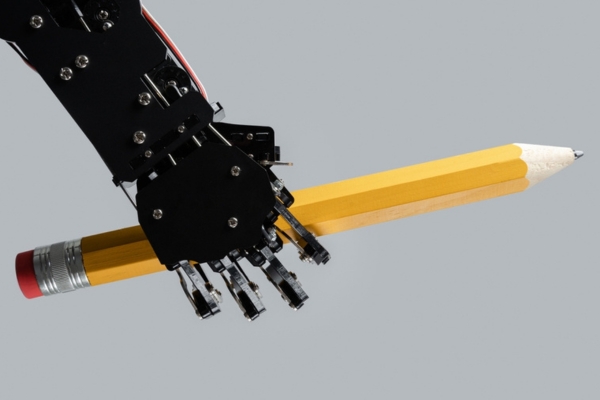Insights
INSIGHTS
All Topics
How charities can go paperless
18 Mar 2021by Joe Lepper
On Global Recycling Day we look at how charities can improve their efficiency and protect the environment by going paperless
It’s Global Recycling Day on 18 March 2021, which provides charities with a welcome reminder of how they can protect the environment by embracing the paperless office.
Here we will examine why the day is important and how charities can go paperless.
Searching for #RecyclingHeroes
Global Recycling Day was created by the Global Recycling Foundation in 2018 to recognise the importance of recycling to safeguard the planet.
Its mission is to lobby policy makers globally of the role of recycling and how it can be aided by partnerships between countries. It also asks the public to “think resource, not waste” in their daily life and the goods they buy.
The theme for 2021 is #RecyclingHeroes, which “will recognise the people, places and activities” involved in recycling. This has included a #RecyclingHeroes competition to offer cash prizes for innovative global initiatives.
Among those to win a prize is the Plogging Club in Nigeria, which inspires students across the country to combine jogging with picking up litter.
Another is the UK-based Furniture Recycling Group, which is looking to divert 400,000 mattresses away from landfill sites. It has recycled more than 1.5m so far.
Tips on going paperless
A good way that charities can mark Global Recycling Day is to go paperless in the day-to-day running of their organisation. There are a number of simple ways to achieve this.
Advice includes not getting bogged down with the massive task of digitising an entire paper backlog. Focus on the present and future and go paperless from now on. This avoids being overwhelmed and instead stops the paper juggernaut of office life in its tracks.
Tackling the backlog can wait for another day. Among the most ambitious digitisation backlog projects in the charity sector is the work the UK’s oldest children’s charity Coram is currently carrying out.
It has been handed National Lottery funding to create an online archive of its vast paper records, dating back to when it launched the Foundling Hospital in 1739. This got underway in February 2021 and is set to involve digitising more than 100,000 pages of fragile paper records.
Today we’re excited to reveal our new website for our #VoicesThroughTime programme funded by @HeritageFundL_S
— Coram (@Coram) February 2, 2021
It features a timeline of care, stories from the Foundling Hospital and will be home to our digital archive when transcription is complete: https://t.co/d3jFSmnK63
1/2 pic.twitter.com/3ul0TI8iIT
Coram’s initiative also highlights another key tip – to only digitise papers that have purpose. The charity is using the archives to aid valuable insight into the history of care as well as compare care centuries ago with the modern care of today. Assess the significance of the paper backlog before deciding whether it is worth hanging onto or digitising.
Using apps to go paperless
There is a raft of apps and software available to help charities to carry out everyday office tasks digitally instead of using paper:
To-Do List App
A small post-it note may not seem much, but they all add up and soon thousands are built up over time. Using a to-do list app can put those lists and reminders online. This can be for each worker but also shared online to assign tasks and get alerts.
To-do list apps include workflow tools such as Asana as well as Todoist and Remember the Milk.
Scanning App
This is invaluable to turning paper documents into digital files. When digitising paper documents, a backup copy is made. The paper version can then be shredded and recycled. These apps work by turning a phone’s camera into a scanner.
This makes it perfect for remote workers and people based in an office. They can also detect the dimensions of documents as well as what type of record it is, such as a page from a book. Typical apps include the budget option Scanbot and the more expensive FineScanner Pro.
E-signature tool
Approval is needed each day. This is traditionally through signing documents but increasingly this is through signing digitally when documents are sent. To effectively sign documents an e-signature tool can let charities create a digital signature that is applied to files.
Apps that can do this include Adobe Reader and Acrobat as well as Apple’s Preview.
File-syncing tools
These allow all documents to be available across a range of devices so there is no need to turn to a photocopier and create more paper. Google Drive is among the most commonly used. For larger files Dropbox is another option to consider.
Saving files to the cloud is another important way to cut down on paper, as well as free up file space on devices.
Further tips
Another simple step charities can take is to review the paper that is received in the office, for example bills, statements, letters, and publications.
Signing up for email statements, subscribing to online versions of publications and billing as well as paying digitally can significantly cut the paper mountain.
Finally, charities are urged not to not overthink their mission to go paperless. Some documents may need to be kept on paper. There is nothing wrong with having some paper in the office.
If in doubt about a particular document or file, set it aside and move onto others where the decision to shred and recycle may be far simpler.
Joe Lepper
More on this topic
Featured Products
Our Events
Focus Group: How to securely improve your digital capabilities with Cisco Meraki
Join us on the 16th of April for our focus group with Cisco. In this session, we highlight the challenges charities face associated with cybersecurity, device management, connectivity, physical security and environmental monitoring.









